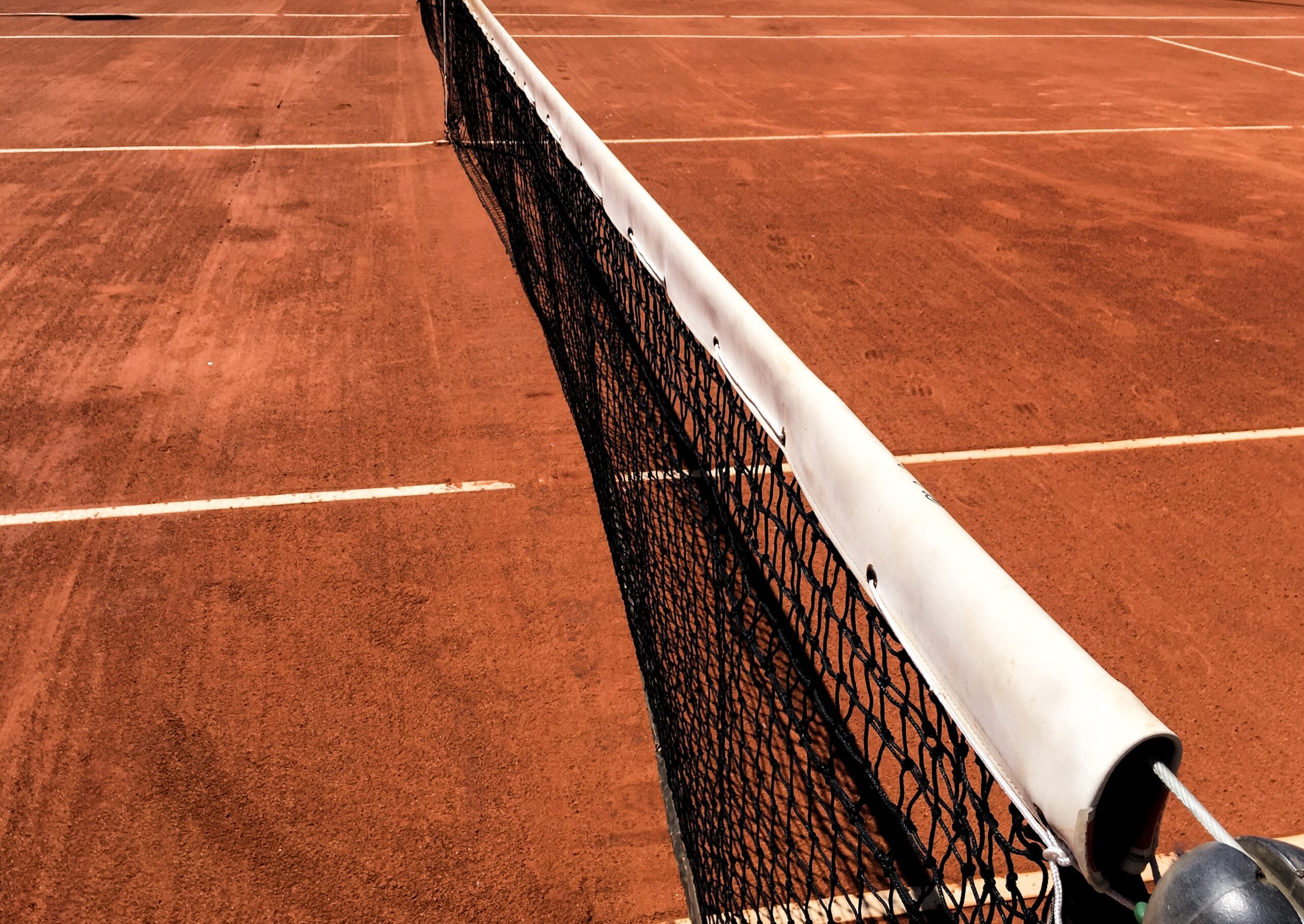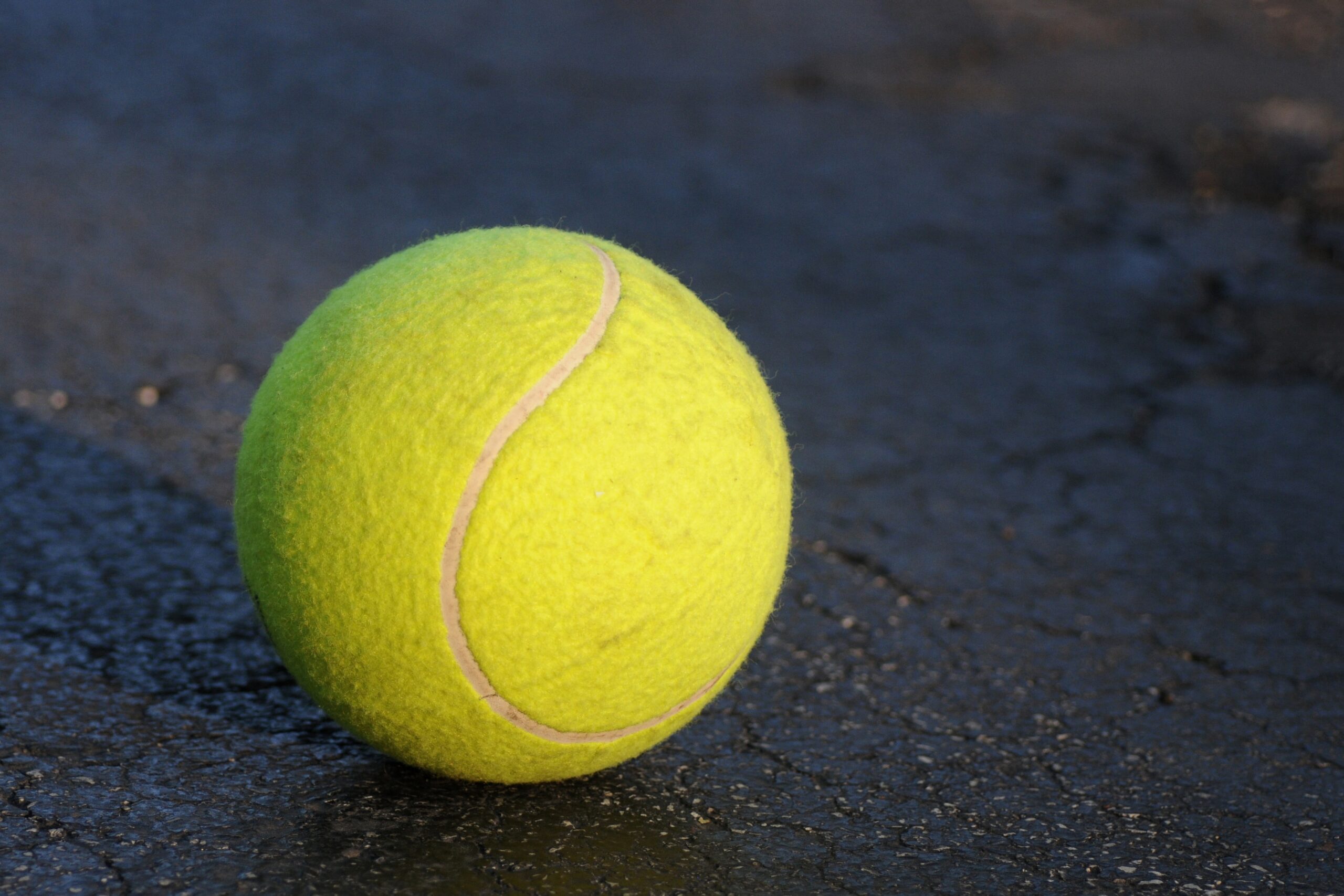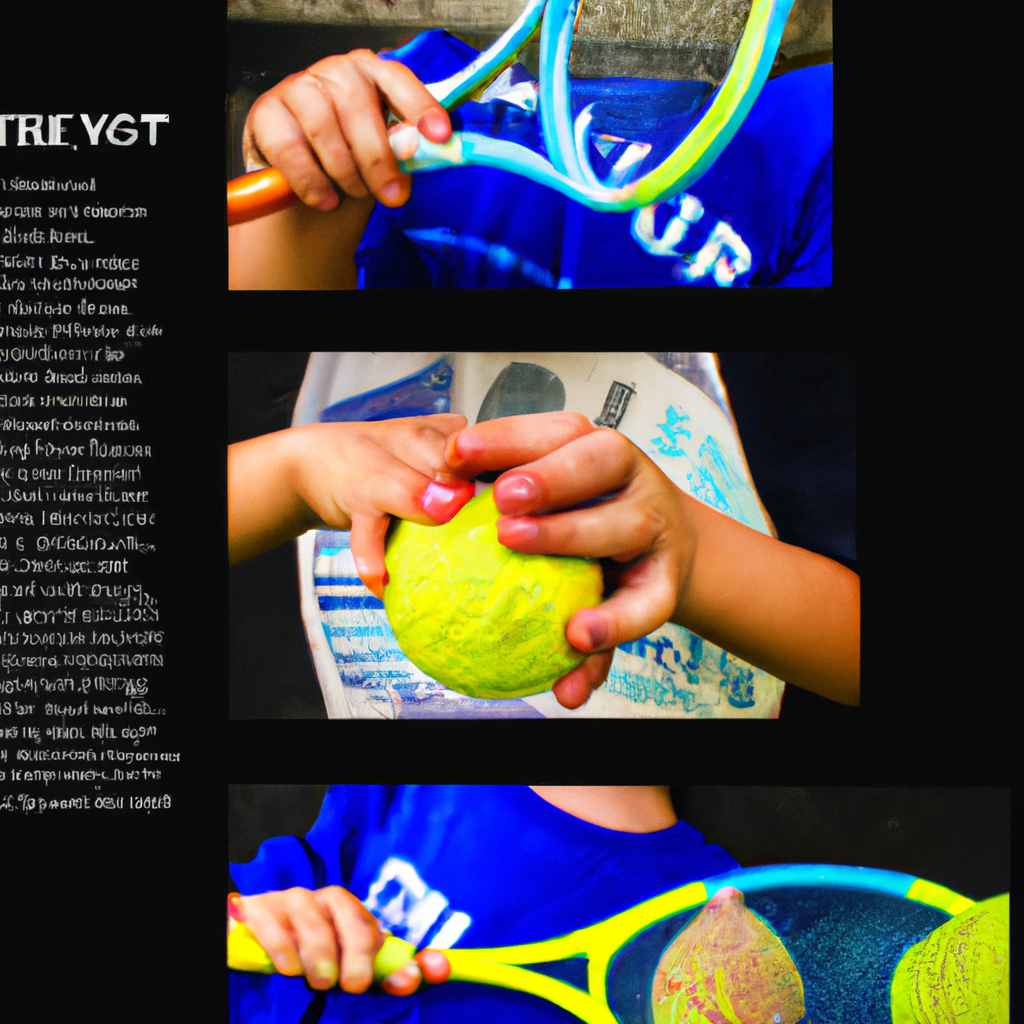If your child is an avid tennis player, you may be wondering how often they should restring their tennis racket to maintain optimal performance on the court. The frequency of restringing depends on various factors, including the frequency of play, the intensity of play, and the type of strings used. In this article, we will explore these factors and provide you with a useful guideline to ensure that your child’s racket is always in top form for their next match. So, let’s dive in and discover the ideal restringing frequency for your child’s tennis racket!

Factors to consider when deciding how often to restring
When it comes to deciding how often to restring your child’s tennis racket, there are several important factors to consider. These factors include how often your child plays tennis, the type of string used, the type of player your child is, and the condition of the strings. By taking into account these factors, you can determine the ideal restringing frequency for your child’s racket, ensuring that they always have optimal performance on the court.
How often your child plays tennis
One of the primary factors to consider when determining how often to restring your child’s tennis racket is the frequency at which they play. If your child plays tennis on a regular basis, whether it’s multiple times a week or several hours a day, they will likely need to restring their racket more often. The constant use of the racket and the stress placed on the strings can cause them to wear out more quickly, leading to decreased performance. On the other hand, if your child only plays occasionally or recreationally, they may not need to restring their racket as frequently.
Type of string used
The type of string used in your child’s tennis racket can also impact the restringing frequency. There are various types of strings available, each with their own characteristics and lifespan. Some strings, especially natural gut strings, tend to lose tension more quickly and may require more frequent restringing. Other strings, such as synthetic or polyester strings, are more durable and can last longer before needing to be restrung. It’s important to consider the type of string used and its recommended lifespan when determining the restringing frequency for your child’s racket.
Type of player your child is
Another factor to take into account is the type of player your child is. Different playing styles and techniques can put varying levels of stress on the racket strings, influencing how often they should be restrung. For example, if your child is an aggressive player who hits the ball with a lot of power and spin, their strings may wear out more quickly and need more frequent restringing. On the other hand, if they have a more controlled and finesse-based playing style, their strings may last longer and require less frequent restringing.
Condition of the strings
Lastly, the condition of the strings themselves can also indicate when it’s time to restring the tennis racket. Signs of wear and tear, such as fraying, notching, or kinking, can significantly affect the performance of the racket. Loss of tension is another key indicator that it’s time for a restring, as strings that have lost their tension can lead to decreased power and control. Additionally, if your child experiences frequent string breakage, it may be a sign that their racket needs to be restrung more often.
Signs that it’s time to restring the tennis racket
Now that you understand the factors to consider when determining restringing frequency, let’s explore the specific signs that indicate it’s time for your child to restring their tennis racket.
Loss of tension
One of the most common signs that it’s time to restring a tennis racket is the loss of tension in the strings. As strings are used over time, they gradually lose their elasticity and ability to maintain tension. This loss of tension can result in a significant decrease in power and control, making it difficult for your child to hit the ball effectively. If your child starts to notice that their shots lack the usual power and depth, it may be an indication that the racket needs to be restrung to restore the desired tension.
Visible wear and tear
Another clear sign that it’s time to restring the tennis racket is visible wear and tear on the strings. When inspecting the strings, look for fraying, notching, or kinking. These signs of wear can compromise the structural integrity of the strings, leading to a higher risk of breakage and reduced performance. If your child’s racket shows significant signs of wear and tear, it’s advisable to have it restrung to maintain optimal playability.
Decreased performance
If your child’s performance on the court starts to decline without any clear explanation or changes in their playing style, it could be an indication that restringing is needed. Strings that have worn out or lost their tension can result in a loss of power, control, and spin. Your child may struggle to generate the same level of power on their shots or find it more challenging to place the ball accurately. If you notice a decrease in your child’s overall performance, consider restringing the racket to see if it improves their play.
String breakage
Finally, frequent string breakage is a clear sign that it’s time to restring the tennis racket. While occasional string breakage is normal, especially during intense gameplay, if your child experiences string breakage more often than usual, it may be a sign that the strings have reached the end of their lifespan. Strings that are worn, weakened, or have lost tension are more prone to breaking, which can disrupt your child’s play and require them to constantly replace strings. Restringing the racket can alleviate this issue and provide your child with a more reliable and consistent playing experience.
Frequency for recreational players
For recreational players who play tennis on a casual basis, the restringing frequency can be less frequent compared to more serious players. However, it is still important to restring the racket periodically to maintain optimal performance and prevent any potential issues.
Restringing every 12-18 months
For recreational players who play tennis a few times a month or less, restringing the racket every 12-18 months is generally sufficient. While the strings may not experience as much wear and tear, they can still lose tension and become less responsive over time. By restringing the racket annually or bi-annually, you can ensure that your child continues to enjoy optimal playability and performance.
Restringing every 60 hours of play
Another guideline for recreational players is to restring the racket every 60 hours of play. This measurement takes into account the frequency and duration of your child’s tennis sessions. If your child plays for an average of one hour per session, this would mean restringing the racket approximately every one to two months. By following this guideline, you can help maintain the racket’s performance and minimize any negative effects that worn-out strings may have on your child’s game.
Frequency for intermediate players
Intermediate players who have a more consistent and serious approach to tennis may require more frequent restringing compared to recreational players. As their playing frequency and intensity increase, so does the need to restring the racket more often.
Restringing every 6-12 months
For intermediate players who play tennis regularly, restringing the racket every 6-12 months is recommended. This timeframe allows for the strings to maintain their optimal tension and performance, ensuring that your child can continue to play at their best. As intermediate players often have a more intensive training schedule and participate in matches and tournaments, more frequent restringing is necessary to account for the increased wear and tear on the strings.
Restringing every 30-50 hours of play
In addition to the time-based restringing interval, another guideline to consider for intermediate players is to restring the racket every 30-50 hours of play. This approach takes into account the cumulative impact of each tennis session and ensures that the strings are replaced before they become overly worn or lose their tension entirely. By following this guideline, you can help your child maintain consistent performance and minimize any negative effects caused by worn-out strings.

Frequency for advanced players
Advanced players who are dedicated to improving their skills and compete at a high level typically require the most frequent restringing. Due to the intense training and demanding gameplay that advanced players experience, the strings wear out more quickly and need to be replaced more often to ensure optimal performance.
Restringing every 3-6 months
For advanced players, restringing the racket every 3-6 months is generally recommended. This timeframe allows for the strings to be replaced before they lose too much tension or become significantly worn. By restringing more frequently, advanced players can maintain the desired level of power, control, and spin, making it easier for them to execute their shots effectively during matches and tournaments.
Restringing every 20-30 hours of play
In addition to the time-based restringing interval, another guideline for advanced players is to restring the racket every 20-30 hours of play. This measurement takes into account the frequency, duration, and intensity of training sessions and competitive matches. By monitoring the number of hours your child plays and planning restringing accordingly, you can ensure that their strings remain in optimal condition and provide the necessary performance needed for high-level play.
Factors that may require more frequent restringing
While the recommended restringing frequencies outlined above serve as general guidelines, there are certain factors that may require more frequent restringing, regardless of the player’s level or playing frequency.
Playing in extreme weather conditions
If your child frequently plays tennis in extreme weather conditions, such as high heat, humidity, or cold temperatures, the strings may be subjected to additional stress and wear. Extreme temperatures can affect the tension and elasticity of the strings, causing them to lose their performance characteristics more quickly. In such cases, it may be necessary to restring the racket more often to ensure consistent playability.
Intense playing style
Players who have an intense playing style characterized by heavy topspin, aggressive shot-making, and powerful strokes may put more strain on the strings. The increased force and spin generated during each shot can cause the strings to wear out more quickly and lose tension. If your child has an intense playing style, it’s advisable to restring the racket more frequently to maintain optimal performance and responsiveness.
Regularly breaking strings
If your child frequently experiences string breakage, regardless of their playing style or level of play, it may be a sign that the racket needs to be restrung more often. Regular string breakage can indicate that the strings are either worn out or not suitable for the level of play or playing style. By restringing the racket with more durable strings or increasing the restringing frequency, you can minimize the inconvenience and disruption caused by frequent string breakage.

Factors that may allow for less frequent restringing
While some factors may necessitate more frequent restringing, there are also certain circumstances where less frequent restringing may be suitable.
Playing primarily on clay courts
Clay courts, unlike hard or grass courts, are generally considered to be more forgiving on the strings. As the clay surface absorbs some of the impact and reduces the friction between the balls and strings, the strings are subjected to less wear and tear. If your child primarily plays on clay courts, the strings may last longer, and restringing less frequently may be sufficient to maintain optimal performance.
Light playing style
Players who have a lighter playing style, characterized by less power and spin, may put less stress on the strings. This reduced strain can contribute to the longevity of the strings and allow for less frequent restringing. If your child has a lighter playing style and doesn’t generate as much force or spin on their shots, they may not need to restring their racket as often as players with more aggressive playing styles.
Using durable strings
Choosing durable strings can also extend the lifespan of the strings and allow for less frequent restringing. Some strings, particularly polyester or hybrid strings, are specifically designed to be more durable and resistant to wear and tear. By selecting these types of strings, you can ensure that your child’s racket remains playable for longer periods before requiring restringing.
Importance of regular string maintenance
In addition to determining the appropriate restringing frequency, it’s essential to emphasize the importance of regular string maintenance. Proper care and maintenance of the racket strings can significantly extend their lifespan and enhance performance.
Keeping strings clean
Keeping the strings clean is an essential aspect of string maintenance. Dirt, sweat, and grime can accumulate on the strings over time, affecting their responsiveness and playability. After each tennis session, encourage your child to wipe down the strings with a clean cloth or rag to remove any debris. Additionally, periodically using a string cleaning solution can help remove stubborn dirt and maintain the strings’ overall cleanliness.
Storing the racket properly
Proper storage of the tennis racket can also contribute to the longevity of the strings. Storing the racket in a racket bag or a cool and dry environment can minimize exposure to extreme temperatures, humidity, and sunlight, all of which can negatively impact the strings. Avoid leaving the racket in the car trunk or any other place where it can be subjected to excessive heat or cold.
Regularly inspecting the strings
Regularly inspecting the strings is essential to identify any signs of wear and tear or loss of tension. By visually examining the strings before each tennis session, your child can spot any visible issues that may require restringing. Encourage them to check for fraying, notching, or kinking, as well as any significant loss of tension. Regular inspection allows for proactive maintenance and the opportunity to restring the racket when necessary.

Consulting a tennis professional
While this article provides general guidelines for determining restringing frequency, it’s always advisable to consult a tennis professional for personalized advice based on your child’s specific needs and circumstances. A tennis professional can evaluate your child’s playing style, level of play, and other individual factors to recommend the most appropriate restringing frequency and string type.
Seeking advice on restringing frequency
A tennis professional can help you determine the ideal restringing frequency for your child based on their playing habits, intensity, and performance goals. They can consider all the relevant factors and provide personalized recommendations tailored to your child’s needs. Seeking their advice can ensure that your child’s racket is restrung at the right time, maximizing their playing potential and preventing any avoidable performance setbacks.
Getting expert opinion on string types
Tennis professionals can also offer expert opinions on the different types of strings available and recommend the most suitable one for your child’s playing style. With their in-depth knowledge and experience, they can guide you in selecting strings that complement your child’s strengths and enhance their performance on the court. By choosing the appropriate string type from the beginning, you can minimize the need for frequent restringing and optimize your child’s playing experience.
Conclusion
In conclusion, determining how often your child should restring their tennis racket requires careful consideration of several factors. Factors such as their playing frequency, the type of string used, their playing style, and the condition of the strings can all influence the optimal restringing frequency. Understanding these factors and regularly inspecting the racket for signs of wear and tear or loss of tension is crucial in maintaining optimal performance on the court.
Recreational players typically restring their rackets every 12-18 months or every 60 hours of play, while intermediate players may restring every 6-12 months or every 30-50 hours of play. Advanced players, who have a more intensive training schedule and competitive play, may need to restring their rackets every 3-6 months or every 20-30 hours of play.
Certain factors, such as extreme weather conditions, intense playing style, or regularly breaking strings, may necessitate more frequent restringing. Conversely, factors such as playing on clay courts, a light playing style, or using durable strings may allow for less frequent restringing.
Regardless of the restringing frequency, regular string maintenance is essential for optimal performance. Keeping the strings clean, storing the racket properly, and regularly inspecting the strings can all contribute to prolonging their lifespan and maintaining their playability.
If you have any doubts or questions about restringing frequency or the type of strings to use, it’s always recommended to consult a tennis professional. They can provide personalized advice and guidance based on your child’s individual needs and circumstances, ensuring that their racket is always in the best possible condition for optimal performance.
By understanding and considering these factors, you can ensure that your child’s tennis racket is restrung at the appropriate intervals, allowing them to enjoy consistent performance and maximize their potential on the court.

